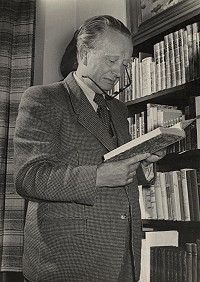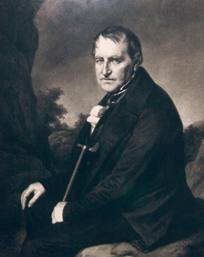
Over the centuries they have left obvious marks in the Uckermark: the famous and less known members of the family von Buch. The nobility drew demonstrably attention to themselves again and again since1423.
Hans von Buch for example. He tried in the year 1468 with all his available power to defend the Stolper tower against Friedrich The Iron of Brandenburg - unsuccessful. Many of his successors from the Brandenburg line who were in Stolpe and surrounding area at home, were more successful in their chosen professsions as district administrator, generals or bishops. Most progressive Christian Leopold von Buch, one of the most important German geologists of the 19th century. The friend of Alexander von Humboldt published in 1826 the first complete geological map of Germany and is regarded as Germany's first field geologist. Not only a street at his birthplace in Stolpe is named after him but also the club "Berlin-Brandenburgische Geologie-Historiker", an ICE that was put into operation in1998 in and one fuchsia variety carry his name. Near Großraming in Upper Austria is a commemorative plaque placed on a giant unusual granite chunk in his honour. The club for folklore in Stolpe is especially proud of an honour-granite-piece of their probably most famous citizen. Christian Leopold von Buch has been, as many of his famous family members, buried at the heritage burial place in Stolpe.
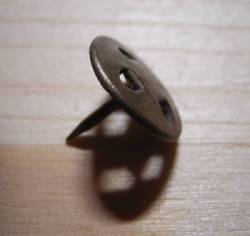
One of the most important invention in the history for mankind stems from the Lychener master watchmaker Johann Kirsten. He gave the world the drawing pin, here also called Pinne. He invented in 1902 the tiny non-descript but by now essential Pinne. He didn't get rich with his invention. The big business with the drawing pin was made by the Lychener trader Lindstedt. He patented the pointed thing on the 8th of January 1904 and became a millionaire with its production. A monument with 50cm long and 50cm diameter drawing pin was put in Lychen in the summer of 2003 as a reminder of the inventor Kirsten.
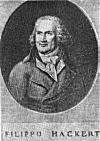
One of the great German countryside painters of the 18th century, Jakob Philipp Hackert (1737-1807), a close friend of Goethe, was born in Prenzlau. Unfortunately he never painted his home county Uckermark instead mostly Italian countryside. Some of his paintings can be seen at the Prenzlauer Dominican Monastery.
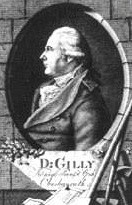
The architect David Gilly was born in the year 1748 in Schwedt; by the way a descendant of the Huguenots, which were numerously represented in the Uckermark. He was an important harbour, bridge and church master builder and an important representative of the early classicism. He was only 22 years old when he became state master builder and worked only a few years later as building director for the province Pomerania. Characteristic for his buildings were the connection of aesthetic beauty with economical construction - a building style, which Karl Friedrich Schinkel later especially pronounced ("Baun ´se billig, Schinkel!"). Schinkel was, by the way, a student of Gilly's son Friedrich Gilly. David Gilly became in 1788 Geheimer Oberbaurat (Government building officer) in Berlin, taught at the building academy and wrote important works about architecture (among others "Handbuch der Land-Bau-Kunst"). Important buildings by Gilly were the palace in Steinhöfel, the summer palace in Freienwalde, the royal country estate in Paretz and the residence and publishing house Vieweg in Braunschweig. David Gilly died 1808 in Berlin.
